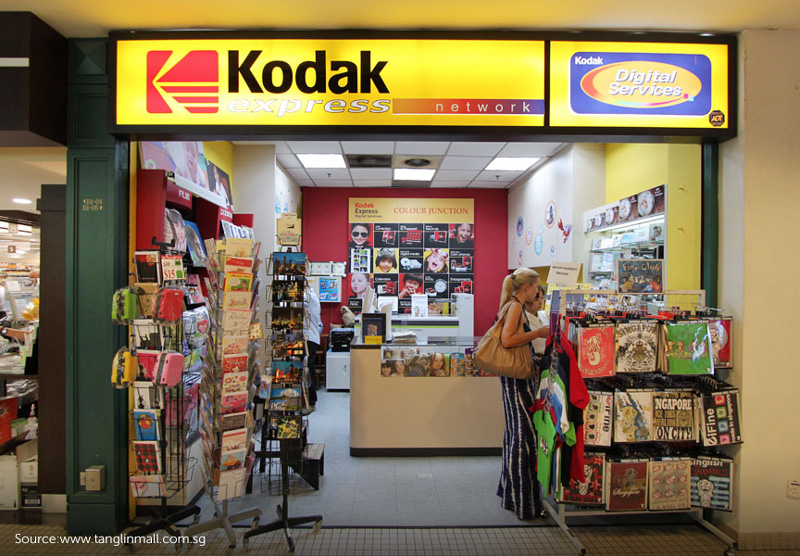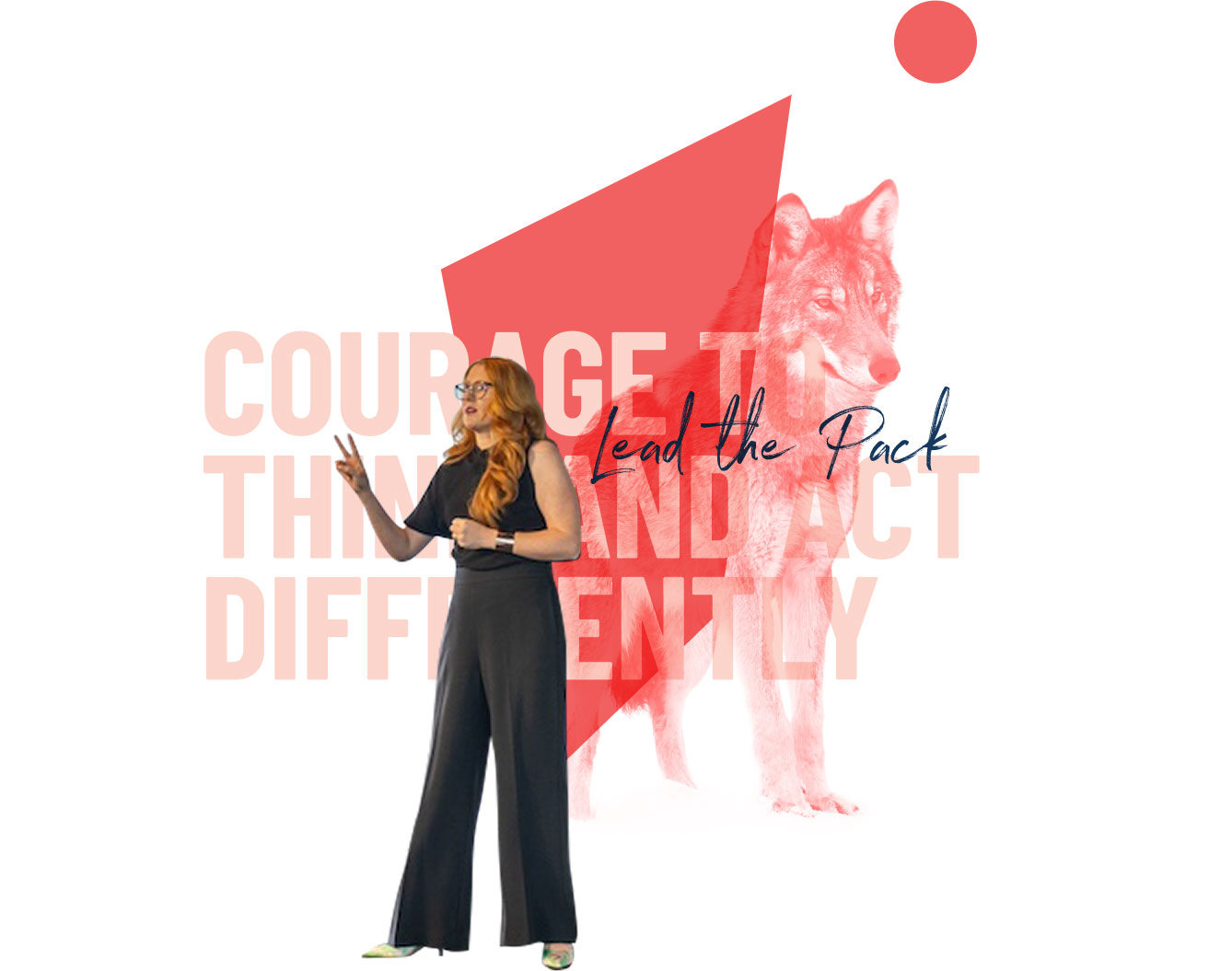Imagine, for a moment, a rubber band. A versatile invention. Rubber bands come in different thicknesses, sizes, colours, and perform many other jobs. We stretch them to their limits, and they bounce back to their original state, ready to be used again.
Most people look at resilience the same way as a rubber band. We stretch ourselves and overcome challenges, then bounce back, ready to continue what we were working on.
Sometimes, the rubber band snaps. When a rubber band snaps, it is tough to fix. The likelihood of restoring it to its original ability is low.
Social media constantly reminds us about our need for resilience. We are fed narratives around how we can overcome adversities. How we can bounce back from these challenges.
We are told; “don’t worry, we will bounce back because we are resilient”…
But bouncing back isn’t really resilience. All we are doing is stretching and releasing the rubber band.
We really need to focus on how we define resilience and what applied resilience looks like. Because bouncing back isn’t going to cut it anymore!
Mckinsey states that true resilience is a paradox. It requires the ability to embrace and cause disruption, while evolving and adapting in the face of adversity. To stay viable, leaders need to embrace resilience.
Basically, what worked before isn’t necessarily going to work tomorrow.
So what does it really mean to be resilient?
Resilience is about taking what is and what could be to create something new. Resilient thinking embraces change. Change that benefits your clients and employees. Change that encourages agile divergent thinking.
Essentially, organisational resilience empowers employees to take a stress factor and create an alternative outcome that provides greater benefit to all.

You may be familiar with the story of Kodak. Kodak experienced negative impacts because of its inability to embrace resilience. Unable to maintain pace and response to the environmental stressors (technological advancements). The organisation saw a rapid decline in their competitive advantage. Kodak shifted from a leader in the photography market to filing for bankruptcy in 2012. Kodak failed to adapt and build timely resilience and remain competitive.
We aren’t suggesting that we drop everything and start creating big R&D departments. What we do want to highlight is how organisations and employees can take steps to build resilience within their own locus of control.
Resilience occurs when we experience a perfect mix of positive stress accompanied by a growth mindset. Yes! You heard right! When we experience levels of eustress, a positive form of stress, we are challenged to go beyond our current skill set.
When leaders pair strength-based stretch assignments with a growth mindset, team members learn faster. They become more curious about different options and outcomes and are willing to take risks.
However, take a few steps in the other direction and individuals can experience distress. This looks like fatigue, burnout, apathy, and disengagment. Getting the balance right is tricky, but we have simplified it for you.
Leaders can leverage four factors to build resilient mindsets.
Connection and Trust
The ability for team members to leverage their strengths and stretch into tasks that challenge them requires high levels of psychological safety. The main drivers of psychological safety rely on internal trust and supportive connections.
Embrace a Resilient Mindset
This Ted Talk by Kelly McGonigal, a health psychologist, offers the benefits of sitting in eustress as a form of growth and resilience. Applying a resilient mindset allows your team members to challenge themselves to think outside of the box and take calculated risks.
Hold Space to Rest
Remember, there is a fine line between eustress and distress. Leaders need to engage in conversations to understand how to support their team members best. Hold space for rest periods and embrace the needs of their team. Encourage a well-being first attitude.
Build a Resilient Culture
Don’t go back to the way things were. The past is in the past. Leaders can look to the present to build the future culture. Build a culture of resilience carve out time for your team to experiment. Hold hack-a-thons and creative thinking days. Leaders can even take that leap of organisational faith and experiment with models such as Google’s infamous 20 Rule. A model that spawned the development of Gmail.
The takeaway message is that leaders cannot wait for things to go back to normal. Stop relying on bouncing back. Instead, focus on building resilience mindsets. Because one day that rubber band might snap. We can support you in reviewing your strategy and people’s approach to resilience through consultation and our workshops. Reach out to Red Wolf Group today.

